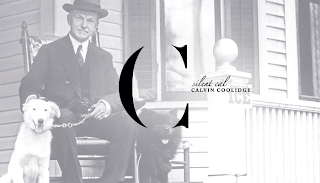The warm, subtle mix of orange and pink hues in the 2015 Sherwin-Williams Color
of the Year, Coral Reef, show up naturally in the landscape of the American
West. Sandstone rock formations, clay
from river beds, the flowers of an Agastache all meld with the greens and yellows of our high desert landscapes to provide a
tonal undercurrent that radiates and makes our sunsets and sunrises
omnipotent. As an architect native to
this region and sensitive to creating built forms that recall this environmental
context, incorporating Coral Reef led me first to the landscape and then to the
light.
Two questions came to mind: Can I use Coral Reef to capture the
light of dawn and dusk when it seems the world is bathed in this tone? And, if applied in an urban context on a
contemporary material, can it be both a highlight and a sensitive addition to
the material palate that could exist harmoniously with the site around it?
For its application, Coral Reef is applied to the soffit and
entry elements of a very glassy contemporary facade. The use of the color is intended to provide a
welcoming sense of warmth on all surfaces lining interior occupied spaces and
in areas where the people interacting with the building would come in contact
with non-glass elements of the facade.
Secondarily, the color is meant to marry the underside of the building
geometry with the site surrounding it.
Lastly, Coral Reef compliments the temporal nature of light on the
otherwise white and glass building.
As a conceptual illustration of the thinking behind using
Coral Reef in an architectural application, actual images of the building are
paired with images of sky and earth. The
Sherwin-Williams 2015 Color of the Year has the ability to go beyond an accent
color - it weaves a space into the world around it, reflecting properties of
the earth and capturing the sky at its most perfect moments - sunrise and
sunset.





